The best online MTS to AU conversion
Convert any video file from MTS to AU in a few easy steps using this free online tool. Our converter saves your time as well as the quality of every converted file.
Step by step MTS to AU conversion
We created trustworthy MTS to AU online converter that is easy to use. In just 3 steps you can convert and download any video file as many times as you want.

STEP 1
Use a 'drag and drop' method to upload your MTS file or add a link to it.

STEP 2
Press the 'Start conversion' button, and MTS to AU conversion will start.

STEP 3
As soon as the 'Download' button appears, download your AU video files.
Our converter allows you to change MTS to any other existing video file
MTS TO 3G2, MTS TO 3GP, MTS TO 3GPP, MTS TO AVI, MTS TO CAVS, MTS TO DV, MTS TO DVR, MTS TO FLV, MTS TO M2TS, MTS TO M4V, MTS TO MKV, MTS TO MOD, MTS TO MOV, MTS TO MP4, MTS TO MPEG, MTS TO MPG, MTS TO MXF, MTS TO OGG, MTS TO RM, MTS TO RMVB, MTS TO SWF, MTS TO TS, MTS TO VOB, MTS TO WEBM, MTS TO WMV, MTS TO WTV and MTS TO MTS.
With our free tool, you can also convert AU to any other video file
.

